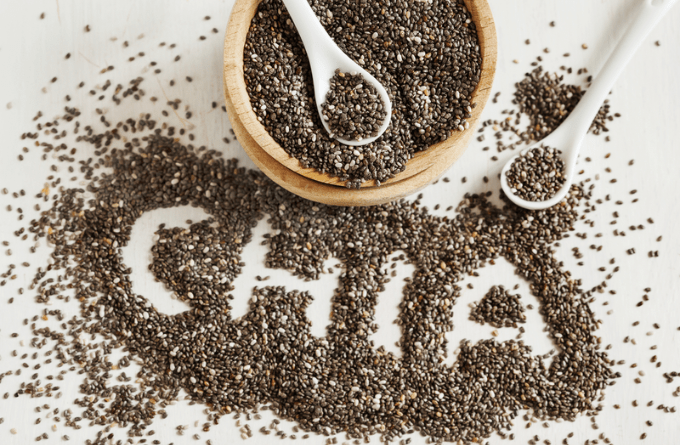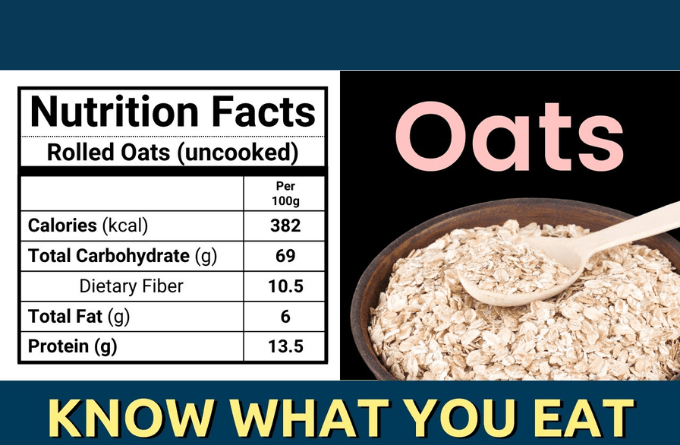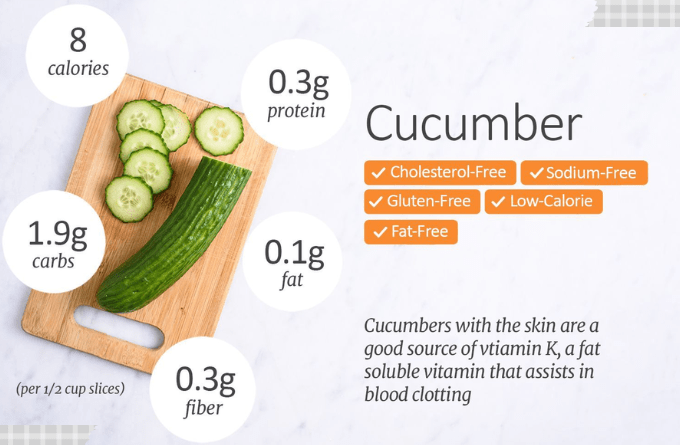
Understanding Chia Seeds: A Nutritional Overview
Chia seeds are often hailed as a superfood, and for good reason. These tiny seeds, derived from the Salvia hispanica plant, are packed with a variety of essential nutrients that contribute to overall health. One of the standout features of chia seeds is their rich omega-3 fatty acid content. Omega-3s are known for their anti-inflammatory properties and their role in promoting heart health, making these seeds a valuable addition to any diet, particularly for those seeking appetite control food.
In addition to omega-3s, chia seeds are incredibly high in dietary fiber. One ounce of chia seeds contains around 11 grams of fiber, which is approximately one-third of the recommended daily intake for adults. This fiber-rich profile not only aids digestion but also plays a pivotal role in creating a sense of fullness. When chia seeds are consumed, they absorb water and expand in the stomach, helping to control hunger and reduce the likelihood of overeating. This unique property makes them an effective tool for appetite regulation, fostering better dietary habits and supporting weight management.
Furthermore, chia seeds are a source of plant-based protein, containing all nine essential amino acids. This makes them an excellent option for vegetarians and vegans who may struggle to obtain adequate protein from other sources. The presence of various vitamins and minerals, such as calcium, magnesium, and phosphorus, further enhances their nutritional value. Incorporating these healthy seeds into meals can improve overall diet quality, contributing necessary nutrients without excessive calories. As a fiber-rich food, chia seeds not only support digestive health but also enhance satiety, positioning them as a beneficial addition to any balanced diet.
How Fiber-Rich Foods Elevate Satiety
The importance of dietary fiber in managing hunger and promoting satiety cannot be overstated. Fiber-rich foods, such as chia seeds, play a crucial role in digestive health and overall well-being. When consumed, fiber slows down the digestion process, resulting in a gradual release of glucose into the bloodstream. This action helps in maintaining stable blood sugar levels, which can significantly prevent sudden cravings and unnecessary snacking. Because of this mechanism, chia seeds have emerged as a popular choice among those seeking effective appetite control food.
Chia seeds are particularly noteworthy due to their extraordinary fiber content. Just two tablespoons of chia seeds provide approximately 10 grams of fiber, which represents a substantial contribution towards the daily recommended intake. Once ingested, these small, nutritious seeds absorb liquid, expanding in the stomach and creating a gel-like consistency. This expansion contributes to a prolonged sensation of fullness, effectively reducing the likelihood of overeating. Consequently, individuals incorporating chia seeds into their diets often report lower levels of hunger between meals.
Furthermore, the incorporation of fiber-rich foods into one’s diet has been associated with various health benefits, including improved digestion and heart health. A diet rich in fiber not only aids in appetite suppression but also promotes a healthy gut microbiome, which is essential for optimal nutrient absorption. The regular consumption of healthy seeds like chia can help individuals achieve their nutritional and weight management goals. In essence, these marvelous little seeds serve not only as a source of vital nutrients but also as a powerful ally in hunger control—making them an excellent addition to a fiber-conscious diet.
Incorporating Chia Seeds into Your Diet
Incorporating chia seeds into your daily meals is a straightforward way to reap their numerous benefits, particularly for appetite control. These tiny, healthy seeds are highly versatile and can be seamlessly added to various dishes and snacks, helping you manage your hunger effectively.
One of the simplest methods to enjoy chia seeds is through smoothies. By blending them with fruits, vegetables, and a source of protein, you can create a fiber-rich smoothie that not only keeps you full for longer but also provides essential nutrients. A common practice is to soak the seeds in water or your preferred milk for about 15 minutes before adding them to your smoothie. This allows them to expand, which enhances their hunger-controlling properties.
Chia puddings are another popular way to include these seeds in your diet. Combining chia seeds with milk or nut milk and letting them sit overnight results in a creamy, nutritious pudding that can be flavored with vanilla, cocoa, or fruits. This preparation is an effective appetite control food due to its high fiber content, which contributes to satiety.
Baking is yet another way to incorporate chia seeds into your diet. Consider adding them to muffins, bread, or energy bars. They can serve as a nutritious replacement for eggs in vegan recipes when mixed with water, providing both binding and moisture. This way, you not only amplify the fiber content but also benefit from the omega-3 fatty acids these healthy seeds contain.
Recommended portion sizes for chia seeds range from one to two tablespoons per day, providing you with adequate fiber and nutrients while supporting your hunger management efforts. Additionally, combining chia seeds with other fiber-rich foods such as oats, nuts, and fruits amplifies their benefits. In conclusion, integrating chia seeds into your regular meals can significantly enhance your diet and support your appetite control journey.
Chia Seeds vs. Other Appetite Control Foods
When considering appetite control foods, chia seeds stand out due to their unique combination of properties that facilitate hunger management. While there are other effective options such as flaxseeds, oats, and legumes, chia seeds offer distinctive benefits that can enhance one’s dietary approach. Flaxseeds, for instance, are also rich in omega-3 fatty acids, but they lack the ability to absorb water as effectively as chia seeds do. When soaked in liquid, chia seeds can swell up to twelve times their original size, creating a gel-like consistency that promotes a prolonged feeling of fullness.
Oats are another popular choice in the realm of fiber-rich foods. They provide soluble fiber, which helps to moderate blood sugar levels and enhance satiety. Although oats are beneficial, they may not offer the same level of hydration that chia seeds provide. The high water-absorption capacity of chia seeds, combined with their rich fiber content, means that they can significantly slow down digestion, making them a formidable option for those aiming for appetite control.
On the other hand, legumes such as lentils and chickpeas are known for their protein and fiber content, which contributes to satiety. However, the preparation time for legumes can be a disadvantage for those seeking quick solutions to hunger pangs. Chia seeds require minimal preparation—often merely needing to be mixed with water or added to smoothies—making them a convenient choice for busy individuals.
In examining these appetite control foods, it becomes clear that chia seeds offer a well-rounded profile. Their high fiber content, unique water-absorption capabilities, and ease of incorporation into meals make them a superior alternative for those looking to curb their hunger effectively while reaping the benefits of healthy seeds. This distinctive blend of attributes is what solidifies chia seeds’ position as a preferred choice in appetite management strategies.
5 Low-Calorie Foods That Keep You Full for Longer
#5 <<< Back ◀--▶ Next >>> #2








